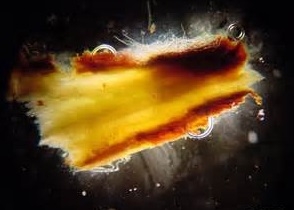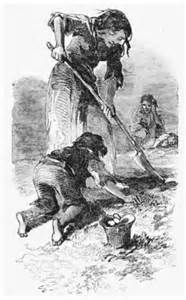Discolored leaves. Decaying roots. Dead wood. Mother Nature offers a fascinating and colorful backdrop of clues to track microscopic killers. Much like any medical mystery, experts are called in to diagnose or identify a disease from its symptoms and recommend management strategies to prevent further damage or loss of healthy plants.
In the world of crop science mysteries, plant pathology solves the crime. The usual suspects include bacteria, fungi and viruses.
Humans and animals depend on plants for their food supply and ultimately for their survival. When diseases threaten crops, a high-quality, affordable food supply is placed at risk. For growers, plant diseases can reduce crop yields. For consumers, reduced crop yields can drive higher food prices. Plant pathology research holds enormous implications for a sustainable food supply.
Florent Trouillas, who was named UC Cooperative Extension specialist in the Department of Plant Pathology at UC Davis and the Kearney Agricultural Research and Extension Center last year, explains the bottom line of most concern to growers.
"Once we identify a disease causal agent, a main question remains from growers. What growers really want to know is how to control the disease and prevent its spread to new healthy plants; they look to the University of California for solutions," Trouillas said.
A crisis in the food production system can impact other areas of society as well. In fact, history is filled with examples of how plant diseases influenced economies, environments and human societies.

Another historical illustration of plant pathology research occurred in the 1920s. The most common trees in the forests of the United States at the turn of the century were the majestic American chestnuts. The trees generated income for humans and the timber industry, served as a food source for people and animals, and provided habitat for wildlife. Then the trees started dying, until by the late 1920s, they had become the first tree in modern times on the brink of extinction. Plant pathologists were particularly adept at identifying plant diseases by this time and diagnosed the Cryphonectria parasitica fungus as the cause of the chestnut blight. By preventing the extinction of the pivotal species, plant pathology had a direct impact on the economy and the environment.
More recent major plant disease outbreaks in the United States involving plant pathology research have included Sudden Oak Death with devastating effects in California and Oregon forests, pitch canker killing California native pine species, and citrus canker in Florida, which has had a huge economic impact on the industry.
Veterinarians treat diseases in animals, physicians in humans. Trouillas describes the role of plant pathologists in similar terms. “We study the pathology of plant systems. Plant pathologists treat plants," he said.
Healthy plants ensure a sustainable food source and habitat for so many other organisms, including the human species.